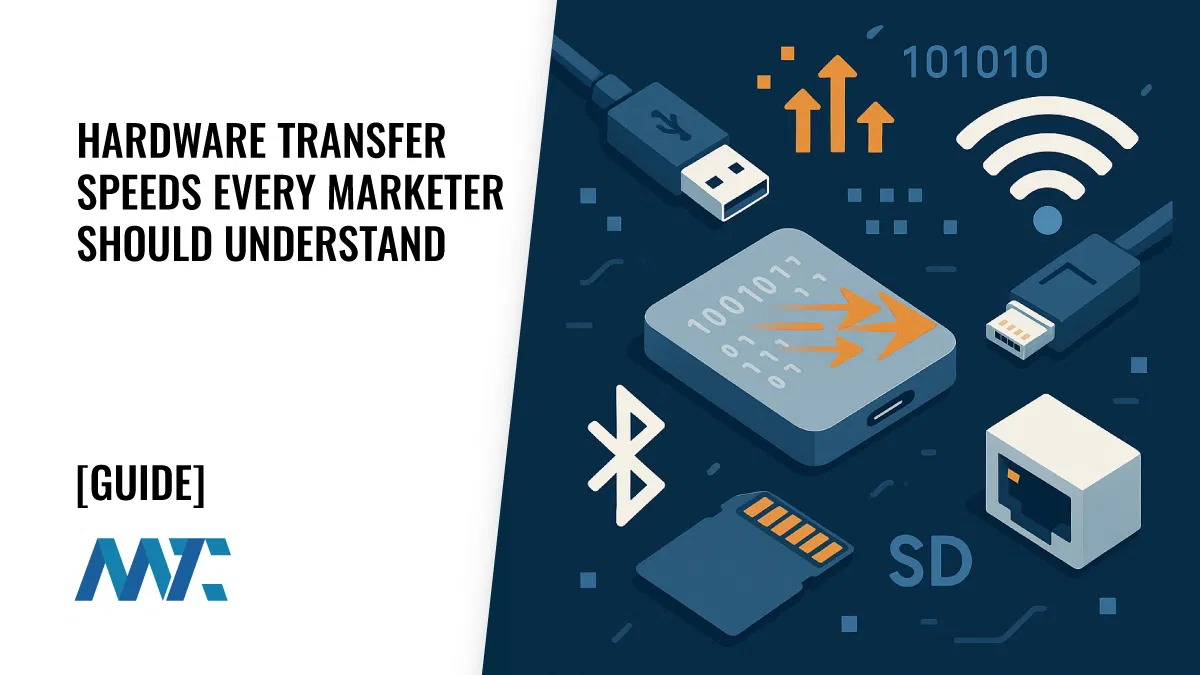Take your customer segmentation to the next level with our advanced guide
Dynamic marketing goes beyond outdated one-size-fits-all, batch-and-blast campaigns. It uses real-time data, customer signals, and behavioral insights to adapt messages and offers, to each and every customer, on the go.
With dynamic content embedded in marketing messages, brands achieve stronger engagement, higher conversion rates, and, most importantly, more repeat purchases. These repeat purchases strengthen loyalty and serve as a critical driver of long-term revenue growth and increased customer lifetime value (CLTV).
Be the first to know all about the latest Marketing tips & tricks, Industry special insights and more
Why Repeat Purchases Matter
Repeat purchases, or in other words, retaining customers, are crucial to the success and revenue of brands. Optimove Insights confirms that customer retention drives measurable Return on Investment (ROI), showing that:
- Acquiring a new customer can cost five to seven times more than retaining an existing one.
- Repeat customers spend up to 67% more than first-time buyers.
- Even a slight increase in customer retention (5%) can boost profits by 25–95%.
This is why relevance and personalization matter for marketers and growth teams. A shopper who feels recognized, appreciated, and valued is far more likely to return, purchase again, and even recommend the brand to friends and family. Conversely, irrelevant or poorly timed communication risks churn and pushing customers away.
Dynamic marketing helps bridge this gap by making every message feel personal and well-timed, turning casual shoppers into loyal customers.
The Role of Dynamic Content in Driving Repeat Purchases
Dynamic content is the fuel that powers effective dynamic marketing. By tailoring experiences based on real-time customer data, brands can deliver timely, relevant experiences that push customers toward their next purchase.
Some examples of dynamic content include the following:
- Personalized product recommendations: Highlighting complementary or replenishment items based on past purchases.
- Dynamic email banners: Swap banners, imagery, buttons, and offers depending on customer location, demographics, product interests, browsing history, or loyalty status.
- Web personalization: Display recently viewed items or exclusive offers when a customer revisits a brand’s site.
- Triggered messaging: Send replenishment reminders, cart abandonment nudges, or post-purchase cross-sell offers exactly when they matter most.
These tactics increase the likelihood of re-purchase and deepen trust by showing customers that the brand understands their wants and needs.
Guide to Advanced Customer Segmentation
5 Steps to Implement Dynamic Marketing for Repeat Purchases
Building a dynamic marketing strategy requires more than just plugging in a recommendation engine. It involves aligning data, content, and automation.
Here are five steps to implement dynamic content in a brand’s marketing strategy:
- Collect and unify customer data: Centralize first-party data, behavioral signals, and purchase history into a Single Marketing View. A unified database ensures every campaign pulls from the same accurate, up-to-date source.
- Segment customers precisely: Move beyond basic demographic customer segmentation. Use behavioral segmentation, for instance, to identify lapsed customers, high-frequency shoppers, or first-time buyers with high potential value.
- Create dynamic content blocks: Develop adaptable templates that change based on customer attributes. For instance, an email template could showcase different products depending on browsing history.
- Set up behavior-triggered campaigns: Automate interactions like cart abandonment follow-ups, replenishment reminders, and loyalty offers. Timing is everything in dynamic marketing.
- Test and optimize continuously: A/B test subject lines, visuals, and offers. Track Key Performance Indicators (KPIs) such as repeat purchase rate, average order value, and customer lifetime value to refine strategies.
The Guide to Advanced Customer Segmentation
Go in depth on advanced segmentation with this guide which was written based on analyzing tens of thousands of segments across Optimove’s customer base.
Common Pitfalls to Avoid
Over-segmentation is a common pitfall: splitting audiences too narrowly can create unmanageable complexity and diluted impact. The key is investing in a smart CRM engine that automatically identifies the most valuable, scalable segments, ensuring campaigns stay efficient, impactful, and revenue-driven.
Poor data hygiene is another frequent challenge. Inaccurate, inconsistent, or outdated data can trigger irrelevant recommendations that damage trust and reduce engagement. Marketers ensure every decision and message is based on the most accurate, up-to-date information by continuously unifying and refreshing customer data into a single, reliable source of truth.
Timing is equally critical. Even the most relevant message can miss the mark if delivered too early or too late. Effective dynamic marketing requires real-time orchestration to ensure every communication reaches the customer at the right moment — when it’s most likely to inspire action.
Marketers avoid complexity traps by combining advanced data insights, real-time orchestration, and self-optimizing campaigns and deliver personalized experiences at scale.
3 Tips for Success
Dynamic marketing is as much about execution as it is about strategy.
To maximize results, try the following:
#1. Prioritize personalization over automation alone – Automation saves time, but true impact comes from personalization. Customers notice when a brand puts effort into recognizing their preferences.
#2. Ensure cross-channel consistency – Align email, web, mobile, and social channels. A customer should see a seamless journey rather than disconnected touchpoints.
#3. Regularly refresh content and logic rules – Dynamic campaigns aren’t “set and forget.” Update product recommendations, offers, and triggers to stay relevant as customer needs evolve.
In Summary
Dynamic marketing empowers brands to turn every customer interaction into an opportunity for repeat business. By combining unified data, intelligent segmentation, dynamic content, and real-time triggers, marketers can foster loyalty, boost revenue, and build lasting customer relationships.
This is where Optimove comes in. As the leader in Positionless Marketing, Optimove gives every marketer the power to analyze data, create personalized content, and optimize campaigns instantly, without waiting on engineering, creative, or analytics teams.
With Optimove’s dynamic marketing capabilities — from AI-powered segmentation to real-time personalization and self-optimizing journeys — brands can ensure that relevance always drives revenue.
For more insights on Optimove’s dynamic marketing capabilities, contact us to request a demo.
Published on





